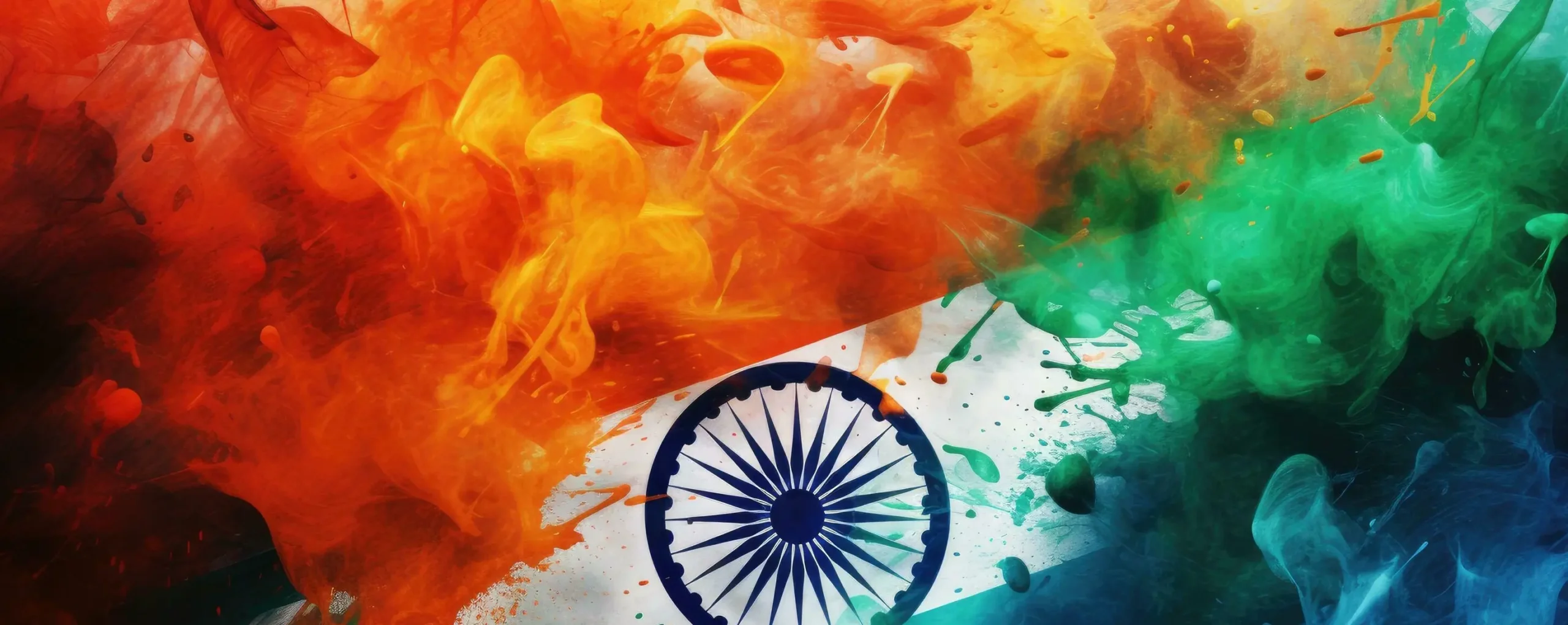
Design Registration in India – Complete Guide
Designs are an essential element of a product’s identity, contributing to its aesthetic appeal and commercial value. In India, industrial designs are protected under the Designs Act, 2000, which allows creators to secure exclusive rights over the visual and aesthetic features of their products. Unlike patents, which protect technical innovations, design registration safeguards the shape, configuration, pattern, ornamentation, or composition of lines and colors applied to an article.
Registering a design in India not only prevents unauthorized copying but also enhances the commercial value of your product and strengthens your brand identity. Businesses, startups, and individual designers increasingly rely on design registration to secure their intellectual property in competitive markets.
What Can Be Registered as a Design
Under the Designs Act, 2000, a design refers to the appearance of a product resulting from features like lines, colors, shape, ornamentation, or combinations thereof. It does not include any mode or principle of construction or technical function.
Examples of registerable designs include:
- Product shapes (furniture, packaging, gadgets)
- Patterns and motifs applied to textiles, ceramics, or jewelry
- Unique visual features of consumer electronics or household products
Non-registerable designs include:
- Designs that are contrary to public order or morality
- Designs that are sculptural works or artistic works already protected under the Copyright Act
- Designs that are purely functional, lacking aesthetic appeal
The key principle is that the design must be new, original, and visually appealing.
Benefits of Design Registration
Registering a design in India offers multiple legal and commercial advantages:
- Exclusive Rights – The registered proprietor has the sole right to apply the design to articles for commercial purposes.
- Legal Protection – Registration protects against copying, imitation, or unauthorized use by competitors.
- Brand Value – A registered design enhances the product’s distinctiveness and market appeal.
- Asset Creation – Design registration creates an intangible asset that can be licensed, assigned, or sold.
- International Protection – Registration in India can form the basis for filing in other jurisdictions, including through the Hague System for the international registration of industrial designs.
Eligibility Criteria for Design Registration
To qualify for registration in India, a design must meet the following criteria:
- Novelty – The design must be new and original, not published or disclosed in India or abroad before the date of application.
- Originality – It should be the intellectual creation of the applicant and not copied from another work.
- Aesthetic Appeal – The design must be visually appealing, not solely functional.
- Industrial Applicability – It must be capable of being applied to an article made or used in industry.
If a design does not satisfy these criteria, it may be refused registration by the Design Office.
Design Classes in India
The Indian design system uses a Classification of Designs based on the Locarno Agreement, dividing products into multiple classes. Some examples include:
- Class 1–5: Food, beverages, cosmetics, and hygiene products
- Class 6–10: Apparel, footwear, headgear
- Class 11–14: Furniture, office equipment, household articles
- Class 15–17: Vehicles, bicycles, machinery
It is crucial to select the correct class when filing to ensure comprehensive protection for your design.
Design Registration Process in India
The design registration process in India is administered by the Office of the Controller General of Patents, Designs, and Trade Marks. The steps are:
Step 1: Design Search
Before filing, it is advisable to conduct a design search to check for prior registrations or published designs that may conflict with your proposed design.
Step 2: Filing the Application
Applications are filed in Form 1, including:
- Representation of the design (drawings, photographs, or samples)
- Statement of novelty
- Classification of the article
- Applicant details
Applications can be filed online through the official IP India portal or offline at regional Design Offices in Kolkata, Mumbai, Delhi, or Chennai.
Step 3: Examination
After filing, the application undergoes examination by the Design Office to verify compliance with the Designs Act.
The examiner may raise objections based on novelty, originality, or clarity. Applicants must respond to these within the prescribed period.
Step 4: Registration and Publication
Once approved, the design is registered, and the registration details are published in the Designs Journal. The applicant receives a Design Registration Certificate, which serves as proof of ownership and legal protection.
Duration and Renewal
A registered design in India is initially valid for 10 years from the date of registration, with the option to renew for an additional 5 years by paying the prescribed renewal fees. Renewal must be done before expiry to maintain uninterrupted protection.
Design Infringement and Enforcement
Design infringement occurs when an unregistered party applies, sells, or imports articles that copy or closely imitate the registered design without authorization.
Registered proprietors can:
- File a civil suit seeking injunction, damages, or account of profits
- Request the seizure or destruction of infringing articles
Legal action ensures the commercial value and uniqueness of your design are preserved in the market.
International Design Protection
For businesses with global ambitions, international design protection is possible through the Hague System, administered by WIPO.
The system allows single international applications to protect designs in multiple member countries, streamlining filing and reducing costs.
Common Mistakes to Avoid
- Filing a design that is already published or in public domain
- Focusing only on functionality rather than aesthetics
- Choosing the wrong design class, which may limit protection
- Delaying registration, risking competitors filing first
- Ignoring renewal fees, which may lead to lapsing of rights
Proper guidance from experienced IP professionals can help avoid these pitfalls and ensure strong protection.
FAQ Section: Design Registration in India
1. What is design registration in India?
Design registration in India protects the visual and aesthetic features of a product, such as shape, pattern, ornamentation, and color combination. It grants the creator exclusive rights for commercial use under the Designs Act, 2000.
2. What types of designs can be registered?
Eligible designs include product shapes, patterns, motifs, and ornamentation applied to articles. Designs must be original, visually appealing, and capable of industrial application. Functional designs or those contrary to public order or morality cannot be registered.
3. How do I register a design in India?
To register a design:
- Conduct a design search to check for existing registrations.
- File Form 1 with the necessary representations, classification, and applicant details.
- Respond to any examination objections raised by the Design Office.
- Upon approval, receive a Design Registration Certificate, which is published in the Designs Journal.
4. How long is a design registration valid in India?
A registered design is valid for 10 years from the date of registration. It can be renewed for an additional 5 years by paying the prescribed renewal fees.
5. What are the benefits of design registration?
Design registration provides:
- Exclusive rights to use the design commercially
- Legal protection against copying or imitation
- Increased brand value and market distinctiveness
- The ability to license or sell the design
- Opportunities for international protection through the Hague System
6. What constitutes design infringement?
Design infringement occurs when an unauthorized party makes, sells, or imports articles that copy or closely imitate a registered design. The registered proprietor can file civil suits seeking injunctions, damages, and destruction of infringing goods.
7. Can I protect my Indian design internationally?
Yes, Indian design owners can seek international protection through the Hague System, allowing a single application to secure protection in multiple member countries.
Conclusion
In today’s competitive marketplace, the visual appeal of a product can make the difference between success and failure. Registering a design in India provides legal protection, exclusive rights, and commercial advantage for designers and businesses.
By securing your designs, you safeguard your brand identity, market reputation, and investment in creativity. At Bhagnari & Co, we assist clients with design searches, application filing, prosecution, enforcement, and international registration, ensuring your designs receive the maximum legal and commercial protection possible.
About This Page
This page provides a comprehensive guide on Design Registration in India, covering every aspect of securing protection for industrial designs under the Designs Act, 2000. It explains eligibility criteria, the filing and examination process, design classes, registration timelines, renewal procedures, and legal remedies against infringement. The guide also outlines options for international design protection through the Hague System.
At Bhagnari & Co, we assist designers, startups, and businesses in filing, prosecuting, and enforcing design registrations in India and abroad. Our end-to-end services include design searches, application drafting, response to examination reports, registration, and renewal management, ensuring your designs remain protected and commercially valuable.
Written by Mahesh Bhagnari, Design Attorney in India.
Design Attorney in India
I, Mahesh Bhagnari, am the Managing Principal of the firm:
- I am an Attorney at Law with Bar Council Registration № MAH/1574/2003.
- I am licensed to practice at the Intellectual Property Office as a Patent attorney in India and Design attorney in India with Registration № IN PA 1108.
- I am licensed to practice as a Trademark attorney in India with Registration № 10742.
- I have more than twenty years of professional experience working in the field of Intellectual property.

You can get in touch with us on address, emails and phone numbers given here.
Phone: +91.9860588440
email: info@bhagnari.com
You may make a phone call between 11:00 am and 11:00 pm India time.
Send all post and documents to the ULHASNAGAR office.
+91.9860588440
Call us now
info@bhagnari.com
Send us an email
